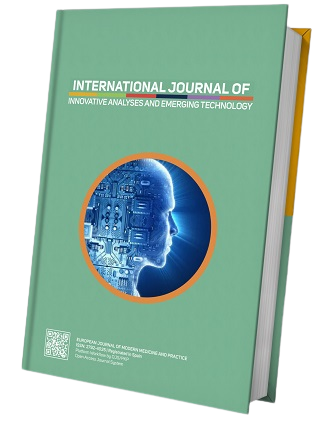Economies of Scale for Antenna's Applications in Interior Regions
Keywords:
WISP, Economy of Scale, Antenna, CDMA, TransmittersAbstract
Implementing and sustaining an Internet service in interior regions is a difficult mission. In this paper, we present a study applying economies of scale for maintaining Wireless Internet Service Provider (WISP) built for interior regions. We present a descriptive study on systematic design and implementation of WISP in interior places along with the issues faced by WISP for long-term operation. This paper offer some important recommendations also for solving the problems for applying WISP in interior places with least cost and high return. The second part of the paper focuses on the antenna part by presenting how a low-cost integrated antenna design that can increase the robustness of the WISP and preserving a high transmission quality in interior areas. For the purpose of this we propose Code-division multiple access (CDMA) which is a channel access method used by various radio communication technologies. CDMA is an example of multiple accesses, where several transmitters can send information simultaneously over a single communication channel. This research also evaluates CDMA as a potential solution for interior data and connectivity. This study analyses economy of scale for CDMA, its advantages and disadvantages for the interior places, therefore this paper highlights both technical and economic vision and conclude that if used properly, these techniques can help in considerable cost profits.







